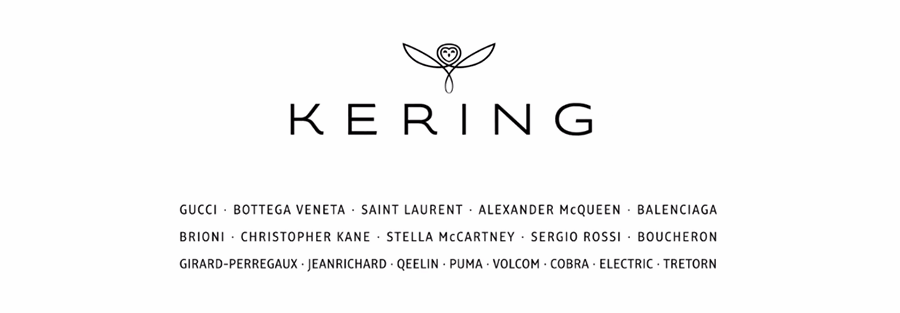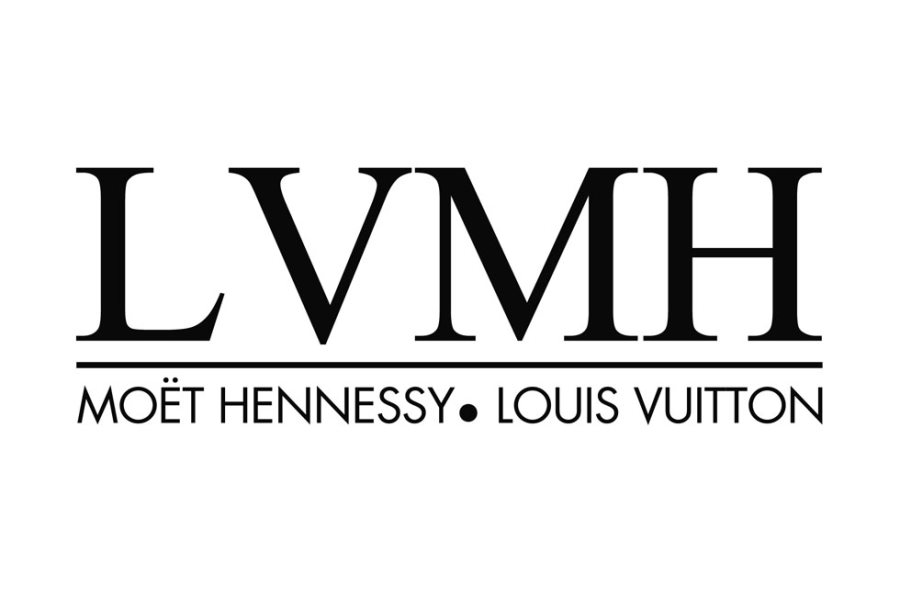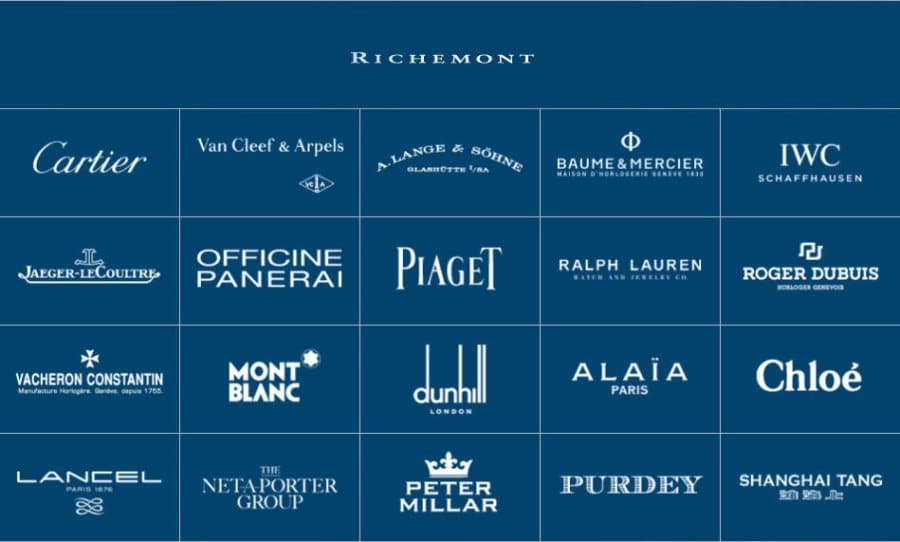Until the beginning of the twentieth century, the watch industry consisted mainly of companies and manufactures that each worked in their own corner, independently of each other. But the new century has drained its share of economic crises, and these crises have pushed the watch companies (especially Swiss) to regroup to better face the difficulties and face the competition. These watch groups are today the main leaders in the watch industry.
Watch groups to better face the difficulties
In economy as elsewhere, the union is strength. From the first decades of the twentieth century, watch companies understand it well. Especially when the crisis of 1929, started in the United States, turns into a Great Depression that floods the global economy, and the charming and quiet valleys of the Jura where the watch industry settled.
Watch manufacturers are too small, too weak, too scattered. The crisis hits them hard, seriously threatening their survival; they respond with painful social dumping, their one and only weapon against the invisible enemy. In the midst of turmoil, the Confederation and the main banks set up ASUAG in 1931, or Societe Generale de l’industrie suisse suisse: a holding company that groups together several parts and blank manufacturers, as well as iconic brands (including Hamilton , Longines, Mido and Rado).
ASUAG is not exactly the first example of a watch group. In 1925, the Omega brand still suffers the economic consequences of the world conflict and is engulfed in a series of internal social movements that plague the accounts of the manufacture. To bounce back, Omega joins forces with Tissot and revives the machine. The two brands will create together, a few years later, the holding company SSIH (Swiss Society for the Watch Industry), which is set to expand. ASUAG will only come after this first try, but by imposing a watch group of a different scale.
This model is the basis of the great group of the 80s. Faced with a new crisis (the so-called “quartz”) and threatened with extinction by the surge of electronic watches from Japan, ASUAG and SSIH are allied to form a vast ensemble: the SMH (Society of Microelectronics and Watchmaking, in 1983, thanks to the efforts made by the banks) This watch group will take in 1998 the name – better known today – from Swatch Group.
Powerful conglomerates in the luxury sector
However, horological groups are not formed only by the crises and the difficulties of the sector. The trend, more recent, is the buyout of manufactures and brands by more powerful groups, usually positioned in the luxury segment. Since the 1990s, watch brands have been acquired by conglomerates such as LVMH, Kering (formerly PPR) or Richemont. Watch groups that are no longer in a period of slump, but on the contrary against a background of good economic health.
How to explain this trend? To do this, we must understand that the watch industry split in two around the 90s / 2000s, between mass consumption on one side and prestige production on the other. To survive the era of cheap watches, high-end brands (especially Swiss) have repositioned to occupy resolutely the luxury segment, offering models ranging from a few hundred to several hundred thousand euros.
In just a few years, the most prestigious brands in the sector have become strategic supports for large luxury groups who wanted to slip into the watchmaking bath. So that conglomerates like LVMH or Richemont have offered themselves important brands (De Beers, TAG Heuer or Zenith for the first, Cartier, Jaeger-LeCoultre or Vacheron Constantin for the second) to integrate this popular sector by entering through the big door.
After all, producing high-end watches is good for branding. This is why the watch groups, dedicated solely to this art, share the market with more heterogeneous entities but equally impressive in the watch industry.
The most iconic watch groups and their watch brands
Some of the most famous watch groups include:
– Festina Lotus S.A. – a group specializing in entry-level watches, which brings together the brands Calypso, Candino, Festina, Jaguar and Lotus Watches.
– Rolex – the most famous watch brand, launched by Hans Wilsdorf, forms a mini watch group with Tudor.
– Swatch Group – founded in 1983 from ASUAG and SSIH by Nicolas Hayek, under the name of SMH. Its iconic brand is none other than Swatch, the affordable Swiss watch that has revolutionized the watch industry. Other brands: Blancpain, Breguet, Hamilton, Jaquet Droz, Longines, Mido, Omega, Pierre Balmain, Tiffany, Tissot …

Among the luxury groups with iconic watch brands:
- Kering – the former PPR owns the brands Boucheron, Gucci, Yves Saint Laurent, Girard Perregaux and JeanRichard.

- LVMH – it’s the first luxury group in the world and it’s French. LVMH brings together, in the field of watchmaking, the Chaumet, De Beers, Dior, Fred, Louis Vuitton, TAG Heuer and Zenith brands.

- Richemont – founded in 1988 by Johann Rupert. Among the group’s most important watch brands are Baume & Mercier, Cartier, Jaeger-LeCoultre, Montblanc, Piaget and Vacheron Constantin.

Richemont – fondé en 1988 par Johann Rupert. Parmi les marques de montres les plus importantes du groupe, citons Baume & Mercier, Cartier, Jaeger-LeCoultre, Montblanc, Piaget et Vacheron Constantin.


 Français
Français